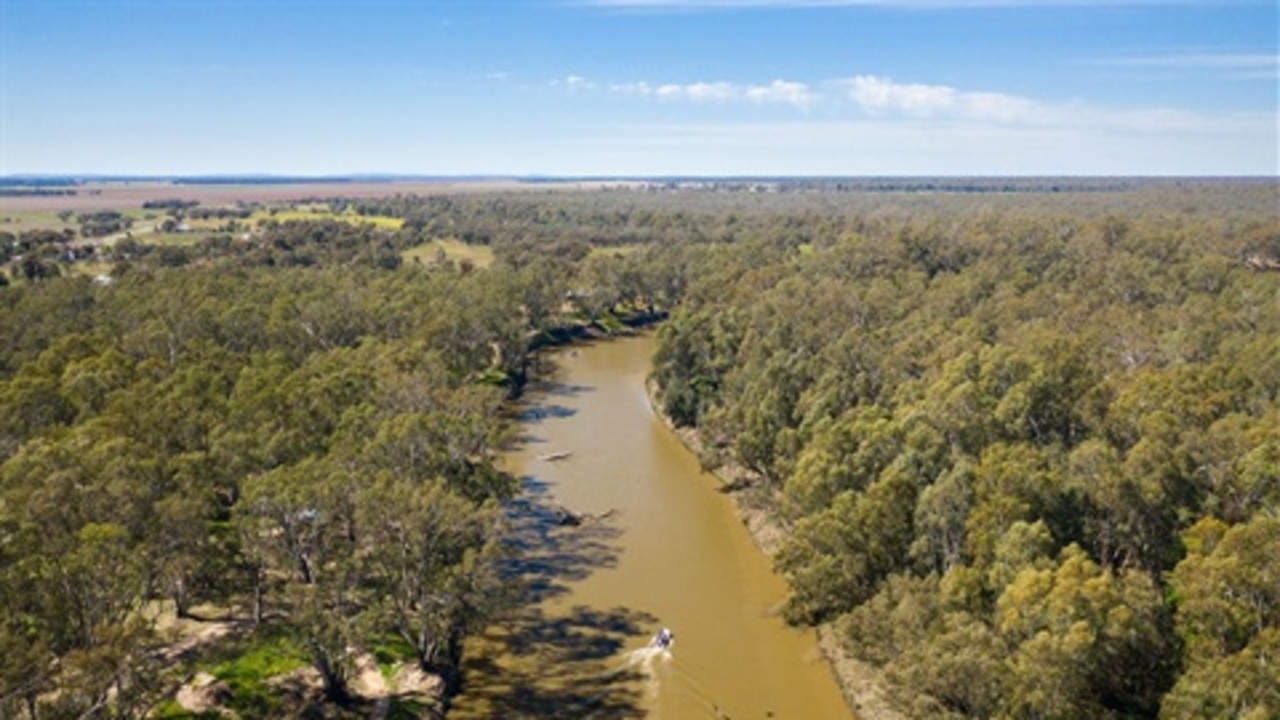Draw downs to ease as Menindee Lakes water released for Murray River
Inflows into major storage dams have been below average for months on end. We reveal which dams have been hardest hit and the implications.

Draw downs on some of southern Australia’s biggest catchments will ease as water from Menindee Lakes is released to meet the needs of the Murray River system.
The releases from the lakes are a blessing for the southern basin, which has seen inflows into dams lower than average in many catchments since June last year.
For the Hume Dam, year-to-date inflows from June until the end of March were 31 per cent of the average, while Lake Eildon had inflows which were 42 per cent of the average.
Dartmouth Dam has fared slightly better, with 65 per cent of average inflows since June, but is still well down on normal.
In its weekly report on the state of the Murray River, Murray Darling Basin Authority river management executive director Jacqui Hickey confirmed Hume Dam was at its lowest since May 2020.
About 29GL was released in a week drawing the dam’s storage down to 727GL.
About 14,100ML was released each day leading up to Easter, which the MDBA said was “relatively steady in response to continuing higher demands at the major irrigation off-takes,” Ms Hickey said.
But demands on Hume Dam to supply down river users are expected to ease slightly as a result of good rain in northern NSW.
The volume of water in Menindee Lakes was falling, but that’s now turned around with inflows into to the lake system now increasing and predicted to range between 600-1000GL a day.
“These renewed flows have provided the opportunity for the MDBA to call additional water from Menindee Lakes to meet the demands in the Murray during autumn, conserving water in Hume and Dartmouth Dams,” Ms Hickey said.
“The release from Menindee Lakes is currently increasing to 3000ML per day.”
Southern Riverina Irrigators chief executive officer Sophie Baldwin said dam levels were always a concern.
“There have been so many legislation changes and mistakes made since the implementation of the Basin Plan nothing much makes sense any more,” Ms Baldwin said.
“It is extremely concerning to learn the department is moving away from the use of historical data when it comes to system management and instead want to use modelled data based on an extreme dry scenario (climate change) that in reality has a probability of happening less than 1 per cent of the time.
“Allocations will become even more conservative and less food will be grown in the food bowl of our nation.”




